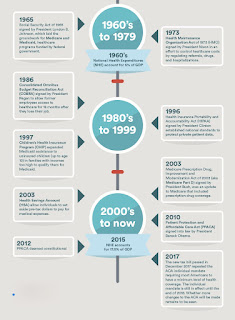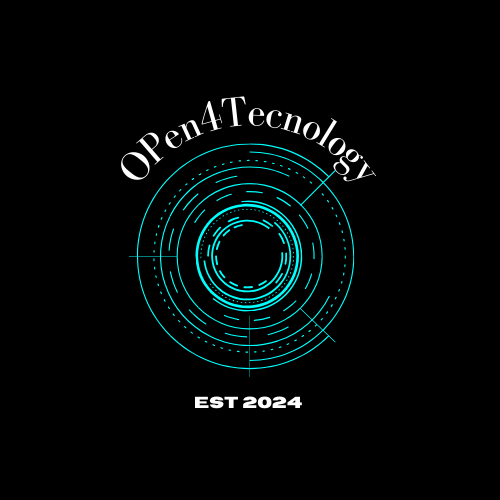Pioneering Healthcare Innovations by American Medical Technologies
Global healthcare innovation has been fronted by American medical technologies which have led to significant improvements in patient outcomes as well as the quality of life. Leading in medical technology around the world, the United States has made itself outstanding through various ways such as developing state-of-the-art devices and implementing cutting-edge software. This writing aims to give an insight into historical context, key innovations, regulatooftware. This writing aims to give an insight into historical context, key innovations, regulatory environment, impact on patient care, challenges faced so far, and future prospects for growth among others about US healthcare inventions.
Historical Background And Growth
It can be argued that the beginning of American medical technologies dates back to the early twentieth century when this nation started being a center for medical research and development & and the establishment of Institutions like the National Institute of Health (NIH) or Food and Drug Administration (FDA) after world war II created a platform through which these practices could be regulated systematically. Secondly, many life-changing inventions were made during the second half of the 20th century including the first artificial heart implantation; pacemakers used inside human bodies for monitoring heart rates were also introduced at this time while other multiple imaging tools like Magnetic Resonance Imaging (MRI) scanners and Computed Tomography (CT) machines came into existence too. This was a starting point for new diagnostic measures globally which later led to different treatment modalities being developed thereby putting America on top in terms of medical technology advances.

Historical background of American Medical
Major Medical Technology Breakthroughs
There are several major breakthroughs that have helped to secure the United States’ position as a leader in medical technology. One example is the invention of keyhole surgery which includes operations done through small incisions with cameras attached for visualization; such are laparoscopy procedures among others like robotic surgery. These processes have greatly reduced the recovery period after surgery, minimized scarring, and lowered chances of complications thus revolutionizing the field of surgery altogether. Diagnostic imaging also forms an integral part of this field: Magnetic Resonance Imaging (MRI) scanner was developed here first before other countries started using them hence they have always been ahead when it comes to diagnosis accuracy due to early discovery capability associated with CT scans whose invention took place around same time or even later than MRI scanners but has equally been helpful in establishing disease type and its extent. More recently there have been tremendous advancements in molecular diagnostics coupled with genetic testing which further personalized medicine by allowing treatments that are specific to an individual’s genetic composition “This has been made possible through molecular diagnostics and genetic testing which have been made possible through molecular diagnostics and genetic tests
Legal Guidelines and Assistance Systems
It’s been said about the regulatory landscape over the years that it’s responsible for medical technologies burgeoning across the US. The FDA is tasked with ensuring the safety and efficiency of pharmaceuticals and medical devices. Through an intense approval process, only those products that meet high safety standards are allowed into the market. Moreover, organizations like the National Institutes of Health (NIH) as well as the Centers for Disease Control and Prevention (CDC) provide massive funds and backing towards medical research support systems. Public-private partnerships such as Cancer Moonshot or Precision Medicine Initiative among others have also quickened the pace of innovation through collaborations between government bodies, university staff, and various industries. In recent times regulatory frameworks have had to change at supersonic speed due to technology’s rapid growth rate. For example; expedited pathways for breakthrough devices and adaptive clinical trials were introduced by the FDA so that potentially life-saving technologies could be approved much faster.
Effects On Patient Care
There is no denying that American healthcare has tremendously been reshaped by advances in medical technology. Hospital stays have been shortened with the use of minimally invasive surgical procedures while recovery period after surgeries also decreases. Additionally, accuracy levels during diagnosis have gone up thanks to advanced imaging modalities which are able to detect diseases at earlier stages when they’re still treatable. Wearable health gadgets are another example where people have benefited from these advancements since they can keep track of their own bodies thus managing chronic diseases more effectively besides living healthier lives in general. Furthermore, the integration of artificial intelligence & machine learning into healthcare systems ensures personalized treatment plans based on diagnostic results obtained through such systems become possible thereby increasing accuracy levels even further. Tools powered by AI have the ability to analyze large volumes of information within no time hence identifying patterns or predicting the progression of different ailments thereby making interventions more efficient. Telemedicine stands out as one more technological breakthrough that has helped improve access to medical services, especially for those living far away from towns or other populated areas. By allowing remote consultations, this kind of medicine enables patients to receive timely advice from doctors hence saving them unnecessary trips which would cost much more than simply talking over the phone with a physician thus cutting down on total expenditure towards the health sector..<br>
Prospects of Advancement and Progress in the Future
There are many exciting things happening in American medical technology and it is very bright. This holds promise for the treatment of genetic disorders and cancers through CRISPR gene edits among others. There is another thing called regenerative medicine which involves stem cell therapy and tissue engineering that repairs damaged tissues or even replaces organs. Digital health incorporates artificial intelligence into medicine to increase diagnostic accuracy as well as make treatment plans more personal using big data analytics while real-time health monitoring will be elevated by smart implant development coupled with bio-sensors creation. Through telemedicine and virtual care extension, people can get medical help without being physically present especially those living in remote areas where healthcare services are scarce. Additionally, when 5G becomes common everywhere on earth, telehealth services quality shall go up hence making distant diagnosis even more efficient.




0 Comments